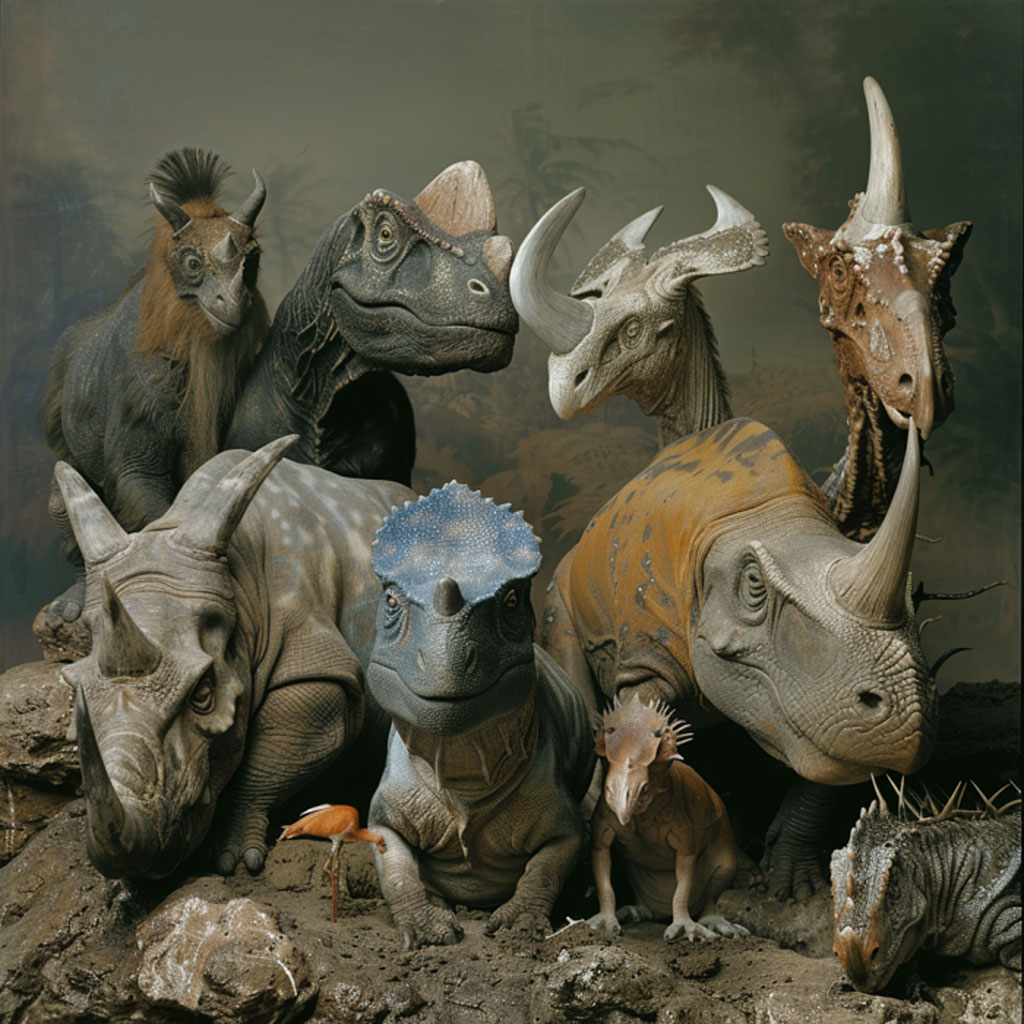
The boundaries of genetic engineering and synthetic biology are expanding rapidly, and the prospect of resurrecting extinct species is quickly transforming from the plots of science fiction into tangible scientific discussion. De-extinction, which entails reviving species like the woolly mammoth, the passenger pigeon, or even the dodo, sparks both excitement and ethical debate. As we move closer to turning such groundbreaking feats into possible reality, it is imperative to thoroughly explore the enabling technologies, and the broader impacts these might have on our ecosystems and ethical norms.
The Science Behind De-Extinction
De-extinction is anchored in two primary, cutting-edge technologies: cloning and genetic engineering. Cloning, which involves creating a genetic duplicate of an organism, gained public attention with the birth of Dolly the sheep in 1996. Despite its success, cloning extinct species presents unique challenges, primarily due to the degradation and fragmentation of DNA over time, making intact DNA rare and difficult to work with. This limitation is where genetic engineering, especially tools like CRISPR-Cas9, becomes invaluable. This revolutionary technology allows for precise genetic editing, enabling scientists to recreate and insert the DNA sequences of extinct species into the genomes of closely related existing species.
CRISPR and Beyond
The advent of CRISPR-Cas9 has significantly altered our capabilities in genomic editing, offering an unprecedented precision in cutting and splicing DNA sequences. For de-extinction, this means that genetic material retrieved from well-preserved specimens of extinct species can be integrated into the DNA of their nearest living relatives. For instance, to resurrect characteristics of the woolly mammoth, scientists might splice genes responsible for its thick fur and substantial fat layers into the genome of the Asian elephant, its closest surviving relative.
This approach also necessitates the use of sophisticated reproductive technologies, including artificial wombs and in vitro fertilization (IVF), alongside surrogate parenting from related species. The integration of these technologies creates a complex bioengineering ecosystem at the convergence of genetics, robotics, and artificial intelligence, illustrating the sophisticated interplay required to even attempt de-extinction.
Ethical and Ecological Considerations

The implications of bringing extinct species back to life are profound, spanning ethical, ecological, and technical dimensions. One of the primary ethical concerns revolves around the impacts on biodiversity and existing ecosystems. The introduction of species that have been absent for centuries—or even millennia—poses significant risks, including the potential disruption of current habitats and the species that now inhabit them. These species, having evolved in the absence of the extinct organisms, might find themselves in competition for resources, or worse, be threatened by new diseases or predatory behaviors reintroduced with these ancient species.
Furthermore, the resources directed towards de-extinction efforts could potentially divert critical attention and funding from conservation efforts aimed at species currently facing extinction. This diversion could be seen as morally questionable, given the immediate threats many ecosystems and species face today. Moreover, there is a lingering concern that focusing on de-extinction might lead to a complacency in environmental conservation efforts, engendering a misleading assurance that extinction is reversible.
The Role of Technology in Shaping Ethics
The debate extends into the role of technology in shaping our ethical frameworks. The power to alter fundamental aspects of biodiversity through genetic editing forces us to confront important questions: Just because we can, does that mean we should? This question becomes increasingly significant in an age where technological capabilities are rapidly outpacing the ethical guidelines governing them. Technologies such as CRISPR not only enable the alteration of the genomes of extinct species but also have broader implications for biodiversity, ecosystem dynamics, and the genetic integrity of the organisms resurrected.
Looking Forward
As we dive deeper into the realm of de-extinction, the need for comprehensive regulatory frameworks becomes clear. These frameworks must balance the scientific possibilities of de-extinction technologies with their potential ethical, ecological, and social impacts. It is crucial that these regulations not only govern the scientific application but also promote public engagement and discourse to reflect broader societal values and concerns.
The possibility of resurrecting extinct species presents a modern paradox, melding cutting-edge technology with ancient life forms, thereby opening a Pandora’s box of ethical and ecological uncertainties. While the science behind bringing extinct species back to life is undeniably exhilarating, it also compels us to critically evaluate the boundaries of human innovation. As this field continues to evolve, it will undoubtedly challenge our scientific capabilities and our ethical judgments, ensuring that our journey into the past does not endanger our future.
Recent Blog Articles
Recent Blog Articles

When Online Dating Goes Wrong: The Dark Side of Digital Romance
Published on: February 4, 2025
Online dating has revolutionized how we connect with potential partners. Platforms like Tinder, Bumble, and Hinge offer convenience and a vast pool of singles at our fingertips.
Read time: 38 min

Maximizing ROI with Custom Software: A Smart Investment for Sustainable Growth
Published on: January 28, 2025
Organizations must continuously evolve to stay ahead. One of the most impactful ways to achieve long-term success is by investing in custom software solutions.
Read time: 23 min

AI-Powered Productivity: How Artificial Intelligence is Reshaping Your Industry
Published on: January 21, 2025
Companies that embrace AI today are positioning themselves for long-term success, unlocking unprecedented productivity and innovation.
Read time: 42 min

From Chaos to Control: How ERP Systems Revolutionize Business Operations
Published on: January 14, 2025
Enterprise Resource Planning (ERP) software has become an indispensable tool for organizations across various industries, transforming operations, improving productivity, and reducing inefficiencies.
Read time: 46 min

Tech-Enhanced Superpowers: Gadgets That Make You Feel Like a Superhero
Published on: January 7, 2025
Exoskeletons that grant superhuman strength, smart glasses that enhance vision, and wearable devices that provide a sixth sense, technology is enabling us to surpass our natural abilities.
Read time: 55 min

The Role of Tech in Modern Dating: From Swipe Right to Virtual Dates
Published on: December 31, 2024
Technology has fundamentally transformed every aspect of our lives, including the way we date. Gone are the days when meeting someone new required attending social events.
Read time: 41 min

Tech-Powered Ghosts: Can AI Bring Back the Voices of the Dead?
Published on: December 24, 2024
Humanity has always been fascinated by the afterlife and the possibility of communicating with those who have passed on. This curiosity has driven many stories, myths, and even scientific pursuits.
Read time: 29 min

